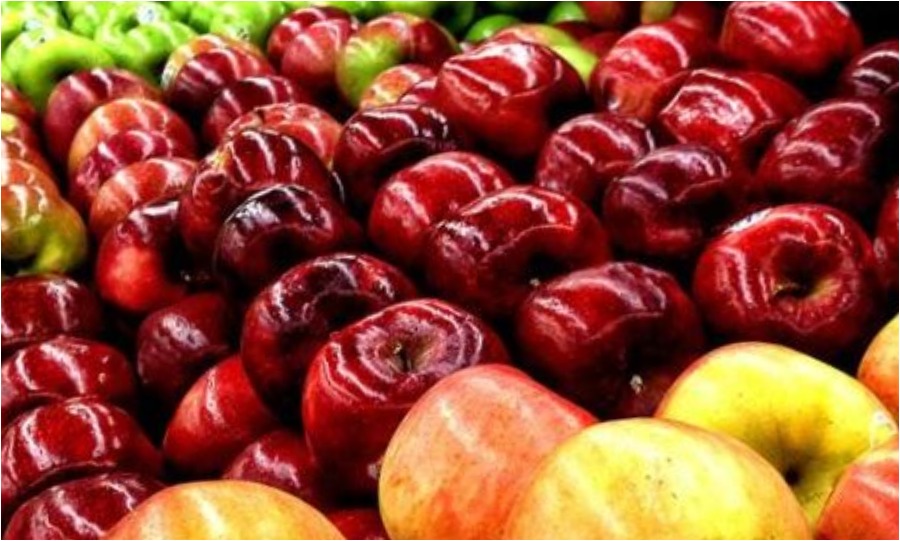
The slow digestion and absorption of nutrients, especially carbohydrates, due to the presence of fiber in foods like fruits and vegetables, can have significant benefits for blood sugar regulation. Here’s how fiber helps maintain stable blood sugar levels:
- Slowing Down Carbohydrate Absorption: Fiber, particularly soluble fiber, forms a gel-like substance in the digestive tract, which slows down the breakdown and absorption of carbohydrates from the foods we eat. This slow release of carbohydrates into the bloodstream helps prevent rapid spikes in blood sugar levels.
- Reduced Glycemic Response: The glycemic response refers to how quickly and how much blood sugar rises after consuming a particular food. Foods rich in fiber, such as fruits and vegetables, generally have a lower glycemic index (GI) compared to processed or refined foods. Low-GI foods cause a slower and more gradual increase in blood sugar, providing more sustained energy and reducing the risk of sudden crashes.
- Improved Insulin Sensitivity: Stable blood sugar levels and reduced fluctuations in glucose help improve insulin sensitivity. Insulin is a hormone that regulates blood sugar by facilitating the uptake of glucose into cells. By promoting better insulin sensitivity, fiber-rich foods can be beneficial for individuals with diabetes or insulin resistance.
- Increased Satiety: Foods high in fiber tend to be more filling and satisfying, promoting a feeling of fullness and satiety. This can help reduce the frequency of hunger and cravings, making it easier to maintain a balanced and healthy diet.
- Better Weight Management: Stable blood sugar levels and increased satiety contribute to better weight management. Managing weight can be particularly important for individuals at risk of developing type 2 diabetes or other metabolic conditions.
- Heart Health Benefits: The stable blood sugar levels associated with fiber-rich foods can also support heart health. Consistently high blood sugar levels can contribute to inflammation and other cardiovascular risk factors.
Incorporating fiber-rich fruits and vegetables into your meals can have a positive impact on blood sugar control and overall health. Some examples of fiber-rich fruits and vegetables include:
- Fruits: Berries (strawberries, raspberries, blueberries), apples, pears, oranges, kiwifruits, and avocados.
- Vegetables: Leafy greens (spinach, kale), broccoli, carrots, sweet potatoes, bell peppers, and Brussels sprouts.
Remember that the total dietary context matters, and it’s essential to consider the overall composition of your meals and snacks. Balancing carbohydrates with proteins, healthy fats, and fiber can further help in stabilizing blood sugar levels and maintaining sustained energy throughout the day. If you have specific concerns about blood sugar management or diabetes, consulting with a healthcare professional or a registered dietitian can provide personalized guidance and support.
